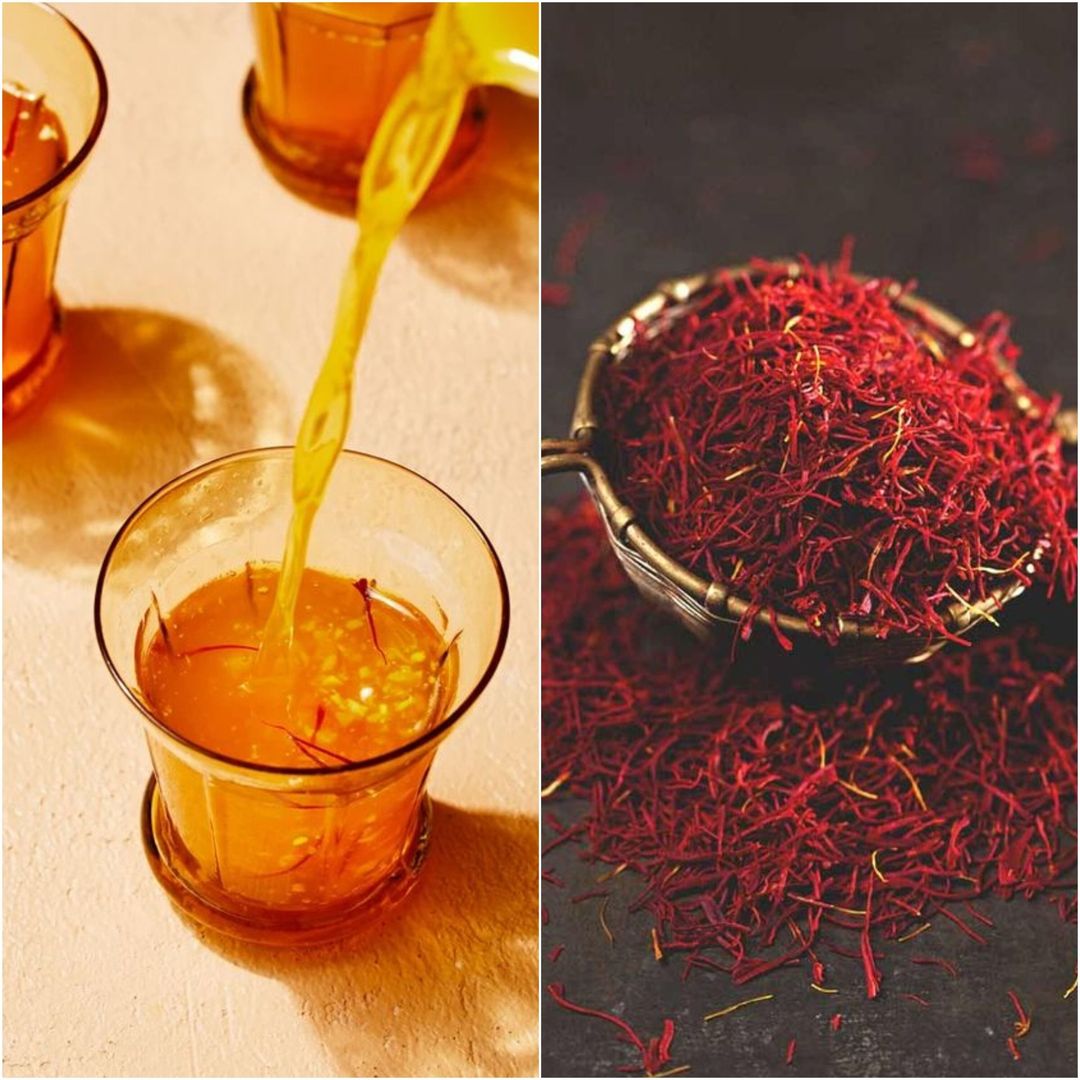Elevate Your Tea Experience with Saffron Tea
If you’re looking to elevate your tea experience, saffron tea is a delightful choice that not only tantalizes the taste buds but also offers a multitude of health benefits. Known for its vivid color and distinctive flavor, saffron—the world’s most expensive spice—has been cherished through the ages, not just for its culinary uses but also for its therapeutic properties. Here’s how you can prepare a comforting cup of saffron tea at home.
The Health Benefits of Saffron Tea
Saffron is more than just a luxurious spice; it is packed with health-enhancing properties that make it a valuable addition to any beverage:
Mood Enhancement
Saffron is often referred to as the “sunshine spice” not only because of its color but also due to its potential to brighten your mood and combat stress. Studies have shown that saffron can help improve symptoms of depression and anxiety, making it a natural mood enhancer.
Antioxidant Power
Rich in antioxidants, saffron can help neutralize harmful free radicals and protect the body from various chronic conditions. These antioxidants include crocin, crocetin, safranal, and kaempferol, which contribute to its anti-inflammatory, anticancer, and neuroprotective properties.
Heart Health
Regular consumption of saffron tea might help improve heart health by reducing blood pressure and cholesterol levels. The antioxidants in saffron support cardiovascular health by preventing the buildup of cholesterol and improving arterial function.
Vision Support
Saffron has been linked to improved vision in clinical studies, making it a beneficial choice for maintaining eye health. It is believed to protect the eyes from damage caused by free radicals and slow the progression of age-related macular degeneration (AMD).
Ingredients for Saffron Tea
To make saffron tea, you will need:
- A few strands of saffron (about 15-20 strands for a potent flavor)
- 1 cup of boiling water
- Optional: honey or lemon for flavor
- Optional: a small stick of cinnamon or a few mint leaves for additional flavor layers
Step-by-Step Guide to Making Saffron Tea
Step 1: Prepare the Saffron
Crush the saffron strands lightly with your fingers or a small spoon to release their flavor. Crushing the strands helps to extract the maximum essence from the saffron.
Step 2: Steep
Place the crushed saffron in a cup and pour a cup of boiling water over it. Let it steep for about 5 to 7 minutes. The longer you steep, the stronger the flavor and color. Ensure that the water is just off the boil, as too high a temperature can degrade the delicate compounds in saffron.
Step 3: Add Extras
If desired, enhance your tea with a bit of honey to sweeten, a squeeze of lemon for a zesty touch, or a stick of cinnamon or a few mint leaves for a refreshing flavor. These additions can complement the rich, earthy flavor of saffron and add extra layers of taste.
Step 4: Serve
Once the tea has reached your preferred strength and flavor, strain it into your favorite cup. Enjoy the vibrant color and soothing aroma of your freshly prepared saffron tea.
Tips for Enjoying Saffron Tea
- Quality Matters: Use high-quality saffron for the best flavor and health benefits. Look for saffron with a deep red color and a strong aroma.
- Moderation: Saffron is potent, so a little goes a long way. Stick to a few strands per cup to avoid any potential side effects.
- Timing: Saffron tea is perfect for early mornings or a peaceful afternoon break. Its mood-enhancing properties can help start your day on a positive note or provide a calming end to a busy day.
FAQs
Can I drink saffron tea every day?
Yes, you can drink saffron tea daily, but moderation is key. Limit your intake to one or two cups per day to avoid any potential side effects, such as dizziness or allergic reactions.
Where can I buy high-quality saffron?
High-quality saffron can be purchased from reputable spice shops, specialty food stores, or online retailers. Look for saffron that is deep red in color, as this indicates higher quality and potency.
Can I use saffron in other recipes besides tea?
Absolutely! Saffron is a versatile spice that can be used in a variety of dishes, including rice, soups, stews, and desserts. It adds a unique flavor and color to any recipe.
How should I store saffron?
Store saffron in an airtight container, away from light and moisture. This will help preserve its flavor and potency for a longer period.
Are there any side effects of consuming saffron?
While saffron is generally safe for most people, excessive consumption can cause side effects such as dizziness, nausea, and dry mouth. Always use saffron in moderation.
Conclusion
Saffron tea is best enjoyed in a quiet, relaxing setting where you can savor its unique flavor and aroma. Whether you’re a tea aficionado or someone looking to try something new, saffron tea offers a luxurious escape into the world of exotic spices, providing not only warmth and comfort but also a host of health benefits. Enjoy this golden elixir and let every sip transport you to a serene state of mind.
Incorporating saffron tea into your daily routine can enhance your overall well-being and provide a delightful, healthful beverage option. From its mood-boosting properties to its heart and vision benefits, saffron tea is a testament to the power of nature’s bounty. Enjoy the process of making and drinking saffron tea, and let it become a cherished part of your wellness journey.

